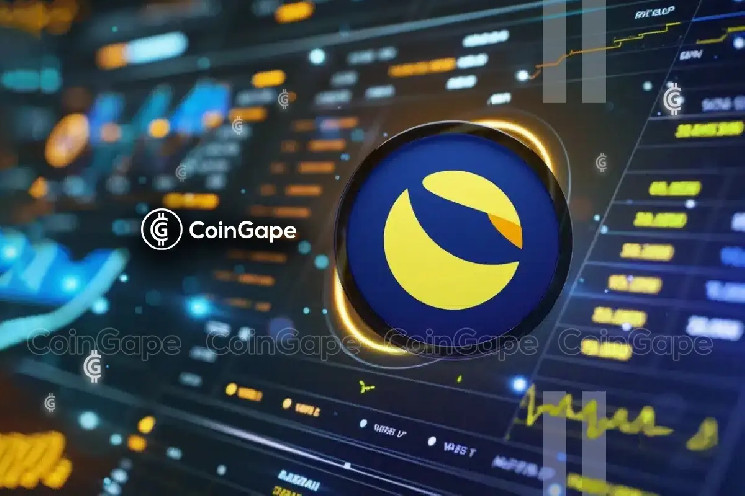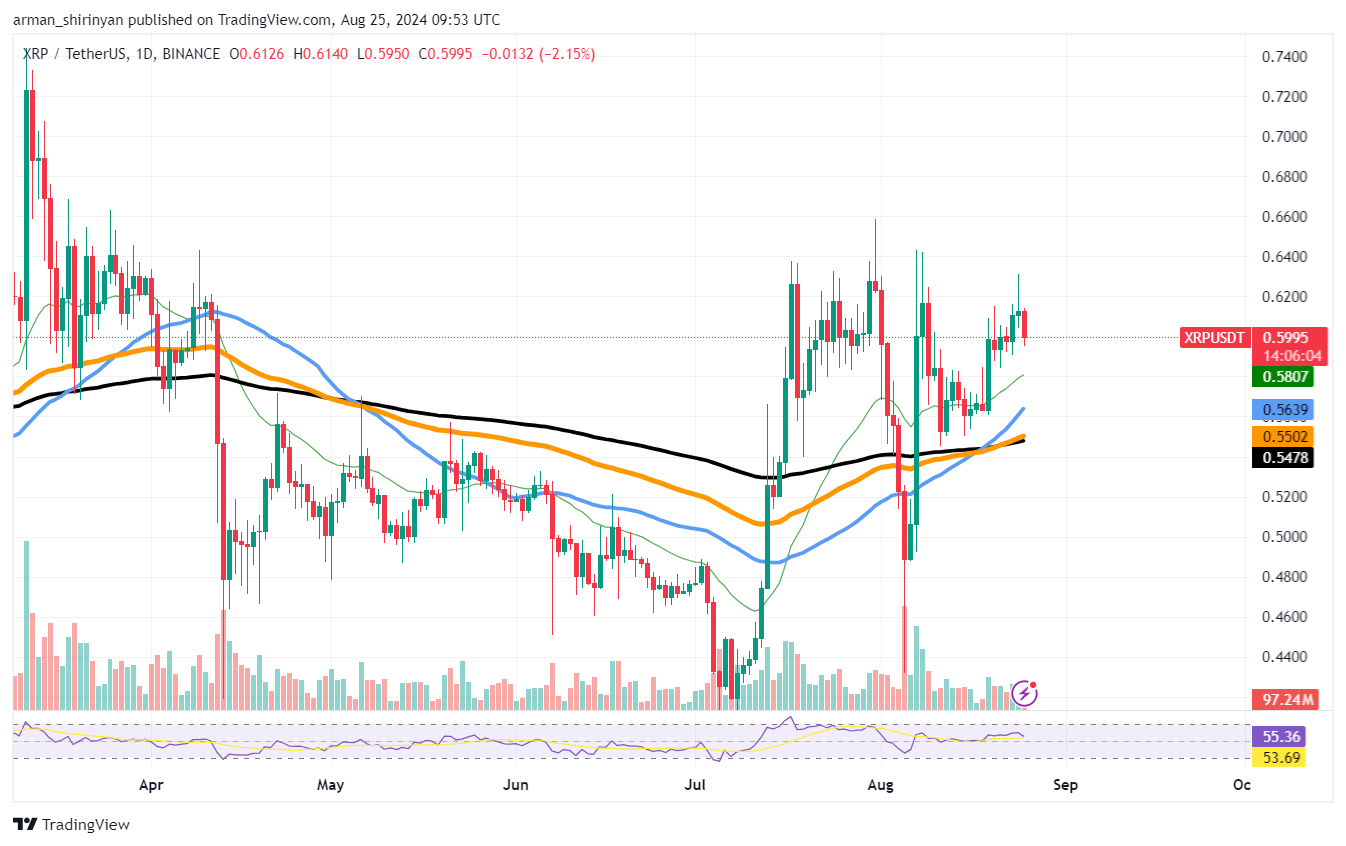The last six months in crypto markets have been dominated by two main narratives: the prospect of Bitcoin ETFs (which were finally approved by the SEC in January) and so-called real world assets (RWAs). Interestingly enough, these themes represent two sides of the same coin: Bitcoin ETFs take digitally-native assets off-chain, while RWAs bring traditional assets on-chain.
Both traditional and decentralized finance experts have hailed these related innovations. BlackRock CEO Larry Fink, for example, told CNBC, “ETFs are step one in the technological revolution in the financial markets. Step two is going to be the tokenization of every financial asset.”
So, what about Step Three?
I would argue that bringing the entire value chain, not just the end product, on-chain should be the final objective for all financial assets. That includes equities, fixed income, cash equivalents, alternative investments, and the many structured products that build on top of them.
Making digital assets available off-chain may have advantages. Bringing traditional assets on-chain might too. But this hardly scratches the surface of what blockchain can do for capital markets. Unparalleled efficiency, transparency, and programmability can be enabled from origination and issuance to settlement and custody. Bringing traditional assets on-chain is one thing; building them entirely on-chain is another.
This is already happening in small ways today. When users buy structured products that are natively built on-chain, they can issue, redeem, swap, and self-custody products permissionlessly, without dependencies on intermediaries. On-chain automation also enables rebalancing and reweighting for products to be self-sustaining. Anyone can independently verify the technology stack underpinning each product, minimizing trust and maximizing transparency. These capabilities can extend to all asset classes, not just the ones on-chain today.
Traditional financial firms like WisdomTree are already pushing past simple token wrappers and embracing broader blockchain capabilities for capabilities like settlement, record-keeping, and exchange infrastructure. J.P. Morgan Onyx is also exploring on-chain settlement and rebalance execution for alternative assets and broader portfolio management as well.
Blockchain-native organizations like Goldfinch and Maple are also bringing credit markets on-chain with lending facilities and secured collateral. Other asset classes like real estate (RealT), private equity (Tokeny), and carbon credits (Toucan) are coming on-chain too.
Granted, there is regulation to consider and technology to develop, but the collective opportunity to move beyond Bitcoin ETFs and tokenized RWAs is immense. In a future where all assets are built, managed, and distributed on-chain, investors, asset managers, and even regulators will benefit from the transparency, efficiency, and disintermediation that results. Lower costs, global distribution, and more efficient markets await on the other side.







